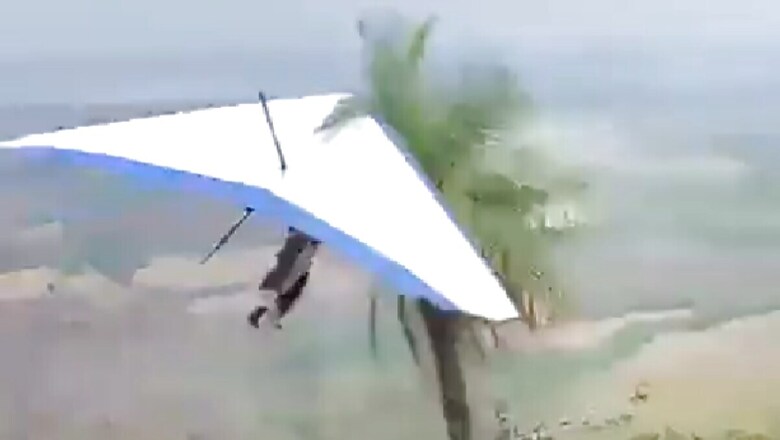
views
The Directorate General of Civil Aviation (DGCA) has recently enforced new regulations pertaining to the operation and security protocols for powered hang gliders.
In an incident on October 7, a member of Hamas, a recognized terror organization, illicitly utilized a motorized hang glider to gain entry into Israel.
News agency ANI reported that as per the revised regulations, it is stipulated that no individual is allowed to operate a “Powered Hang Glider” without proper authorization from a DGCA-approved examiner or instructor.
These designated examiners or instructors must possess a minimum of 50 hours of experience on Powered Hang Gliders, including at least 10 hours on a dual machine. They are also responsible for assessing and authorizing other individuals for flight.
Additionally, the revised regulations specify that no one can conduct a test flight on a powered hang glider unless they meet specific criteria. This includes holding a valid Commercial Pilot License (CPL) with a minimum of 25 hours of flying experience on powered hang gliders, or possessing authorization with 50 hours of flying experience on powered hang gliders.
Furthermore, the existing security regulations state that a Powered Hang Glider cannot be sold or transferred to any individual or entity without presenting a certificate issued by DGCA. This certificate is granted only after DGCA verifies the background of prospective buyers through the Ministry of Home Affairs.
The ANI report also mentioned that according to the security regulations, it is explicitly stated that the owner or operator is prohibited from leasing, renting, or lending the Powered Hang Glider to any individual.
Furthermore, no Powered Hang Glider is permitted to carry any remote sensing apparatus, weaponry, photography, or video recording equipment without the explicit permission of the Ministry of Home Affairs (MHA), except for equipment necessary for the safe operation of the aircraft or as specified in the Civil Aviation Regulations (CAR) in accordance with the regulations.


















Comments
0 comment